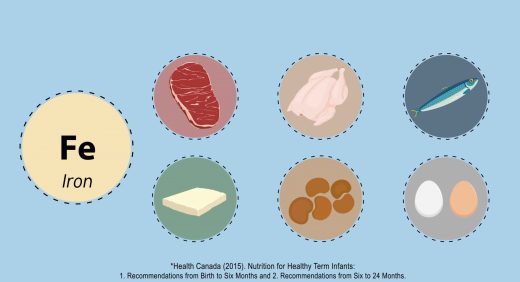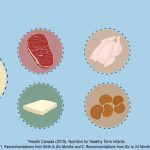The Hidden Dangers of Believing Everything You Read and Watch
— November 20, 2017
My neck has been bothering me lately.
Maybe it’s caused by poor diet and an insufficient amount of exercise. Or, if I were to believe what Google is telling me, I’m growing a golf ball sized tumor on my spine and better say goodbye to my loved ones now. (don’t Google your health symptoms people)
Or perhaps it’s caused by the 40-50 hours a week I spend sitting at a desk and staring at a computer. I’m sure that can’t have anything to do with it…
Regardless of why this is happening, I recently found myself in the waiting room of a physiotherapist, hoping to find a solution to these troublesome neck woes.
In the center of this waiting room, hanging on the wall directly in front of me, they have a large TV playing a set of 10 or so commercials on repeat.
One of them in particular caught my eye.
Getting some surprising health advice from a very biased source

It was a beautifully-made animated video with a cute cartoon baby as its star. The video was only about 45 seconds long, but had an “important” and “surprising” message to share.
It was advocating feeding more beef to your 6 month old baby. It even suggested that not feeding your baby beef at 6 months old would be damaging to its health.
The best part of this video? I would say the part in the middle, where they cut up an entire steak, blend it into a savory beef juice, and then serve it to the baby in a bowl.
Mmmmm… steak smoothie…
The video ends with a call to action to visit ThinkBeef.ca, where you can find an endless source of delicious beef recipes to serve your infant children and keep them from harm. You do love your children, don’t you?
The question is, who is ThinkBeef.ca? The high production value of the video and the calming, reassuring tone of the narrator sort of imply that this is an official government video.
The website is filled with recipes and resources all centered around beef. But we want to know who is funding this ad campaign promoting the supposed health benefits of beef.
Simply scroll to the bottom of the website, and we find our (partial) answer.

The website is funded by beef import fees, and collected by an organization called the Canadian Beef Check-Off Agency.
While this is close to what I suspected, it’s not exactly the dramatic smoking gun I was hoping for. Let’s dig a bit deeper. A quick Google search helps me find the official website of this agency.
After reading through their “About Us” page, I find exactly what I was looking for.
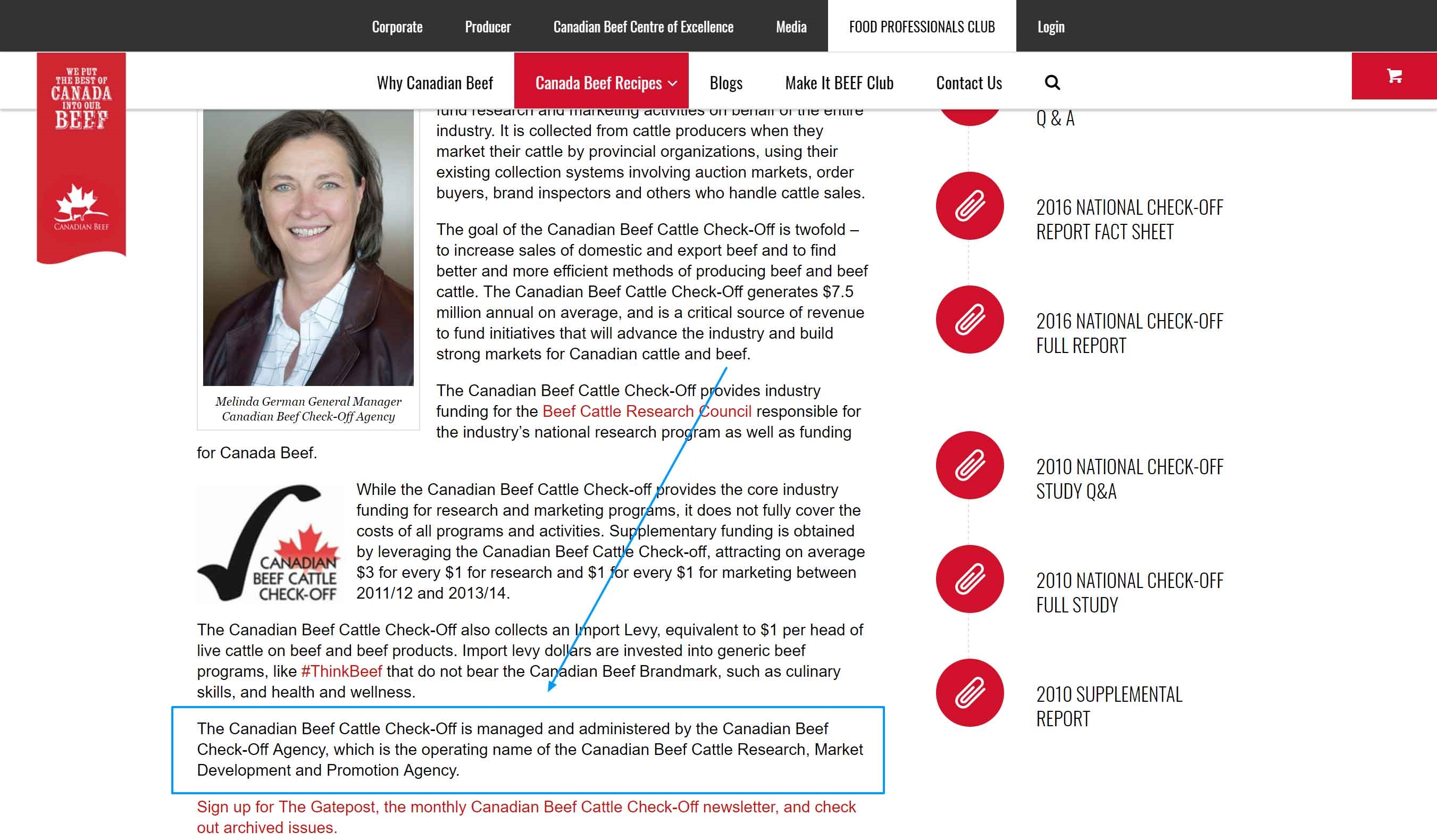
This agency is “the operating name of the Canadian Beef Cattle Research, Market Development and Promotion Agency.”
In other words, this cute little video detailing the supposed nutritional benefits of feeding beef to your infant child is paid for by the beef industry, the very people who make and sell you this beef.
“So?“, you’re probably saying to yourself, “Companies advertise their products all the time.” And you’d obviously be correct.
But this video is not a traditional ad. There is no indication that this is a commercial. Nowhere in this video are the names of the beef industry agencies displayed. There are no brands, no products, no trademarks, no copyrights.
Traditional commercials practically scream their brand names at you.
“OK, fair enough“, you cautiously follow up with, “But they directly use Health Canada as a source for there claims. That has to mean something, doesn’t it?”
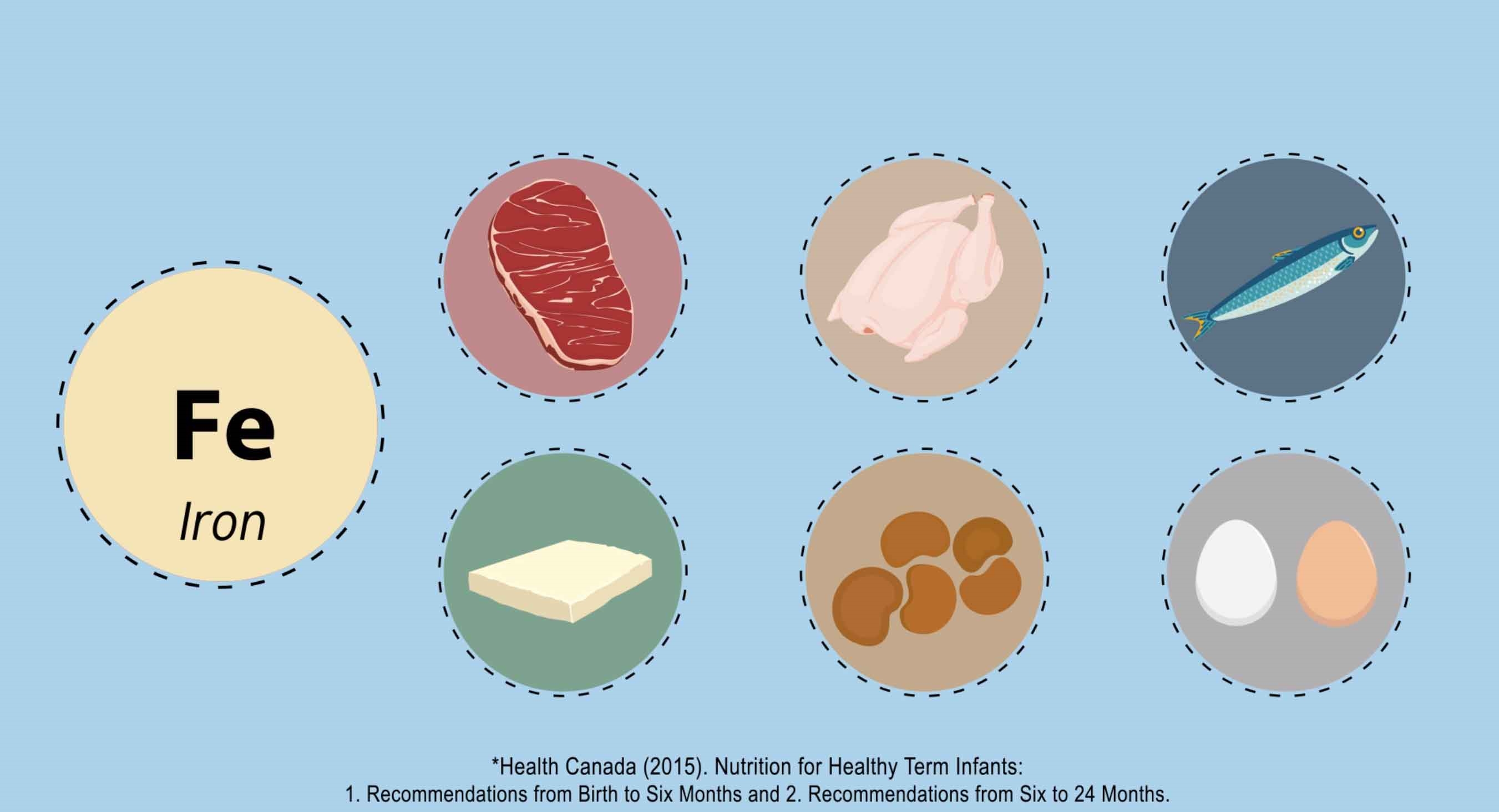
Health Canada is an arm of the Canadian government. It is tasked with caring for the health and well-being of Canadian citizens. It is also heavily influenced by big food industry groups.
Part of Health Canada’s job is to create a recommended food guide, a document that helps Canadians make smart food choices and eat healthy. The last time Health Canada revised the official guide was in 1992. Part of the process involves receiving “comments and feedback” from food industry groups.
When Health Canada sent out the first draft of the guide to the various industry groups, here’s what happened:
The Canadian Meat Council complained that the “meat and alternatives” group included “only 1-3 servings per day, which may be interpreted that one should be careful in eating meat when viewed in the context of 4-10 vegetable servings.” The guide was revised, upping the recommended meat and alternatives servings to 2-3. After the Dairy Bureau of Canada and the Canadian Egg Marketing Agency both objected that the proposed guide had reduced the number of servings of their industry’s products, that number was also increased in the final version. CBC Marketplace co-host Bill Paul told viewers in 1993, “The outcry was enough to make one think that the four food groups should be renamed the four lobby groups.”
A little bit of whining and complaining from the lobbyists, and Health Canada changes their food guide to accommodate them.
In fact, Canada is set to revise their food guide for the first time in 10 years, and the meat and dairy industries are already fighting back.
Fake news is a very real problem, it’s just not what you think it is
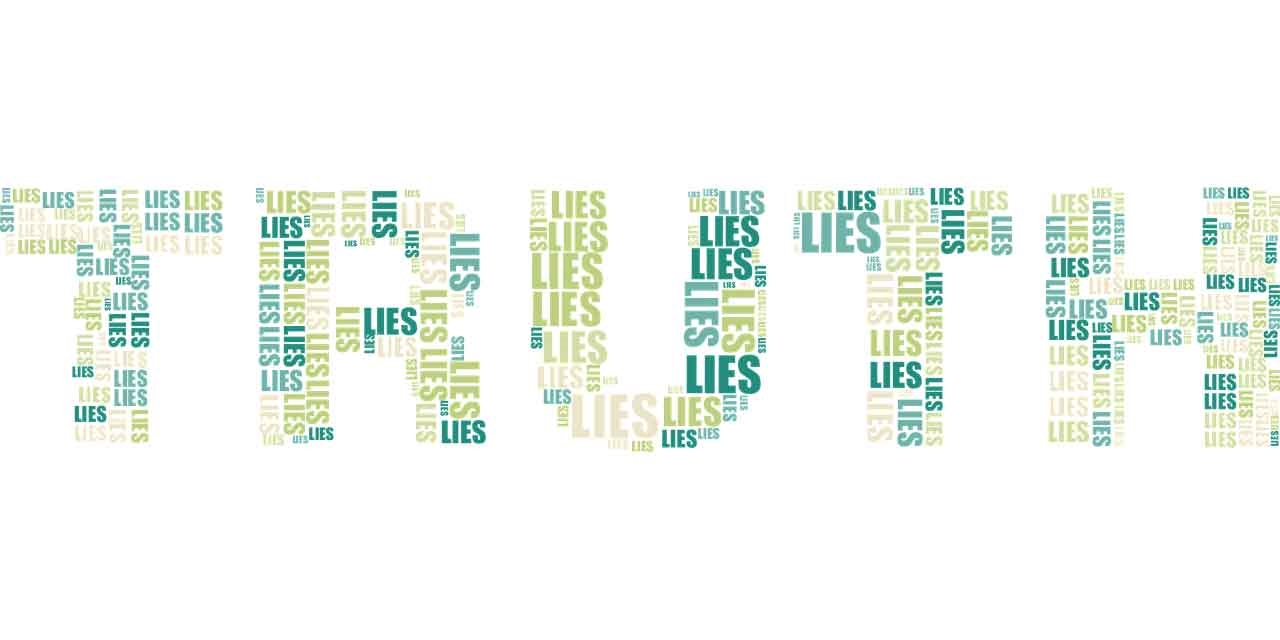
I don’t want to get into a debate about whether or not beef is bad for your child, and I’m certainly not interested in getting even remotely political.
The point I’m trying to make here is that lies, misinformation and deceptive advertising practices are running rampant in our world. The reason for this is nearly always the same.
Money.
Our world revolves around money. It really is “the root of all evil“. Every person, business, corporation and organization has an agenda. This agenda ultimately revolves around making money.
One of my favorite books I’ve read recently is Ryan Holiday’s Trust Me, I’m Lying. In it, he reveals how blogs and online media lie, manipulate and distort the truth all for a quick buck. He also details the exact steps he took to use this to his advantage, often in despicable ways.
You cannot simply take information at face value. You must not make assumptions that the truth is being told. You need to do your own research and make educated decisions.
None of this is new. Fake news existed long before Donald Trump made it a thing.
Money, and a society that obsesses over and covets it, has always been one of the largest sources of mankind’s problems. It has only been exacerbated in the information age, where it has never been easier to spread damaging lies and misinformation.
How to protect yourself from fake news, lies and deceptive advertising
Simply ask why more often.
- Why is this blog writing this?
- Why is this speaker giving a talk at this event?
- Why did this website quote someone without providing a source for their claims?
- Why does the website domain name not match the name or logo of the blog/publisher?
- Why do they keep speaking negatively about this specific person?
- Why is no one else talking about this?
- Why is everyone talking about this?
Why is this video telling me to feed more beef to my children?
Don’t assume. Be inquisitive. Ask questions. Do the research. Educate yourself. Entrust wisely.
Business & Finance Articles on Business 2 Community
(41)

